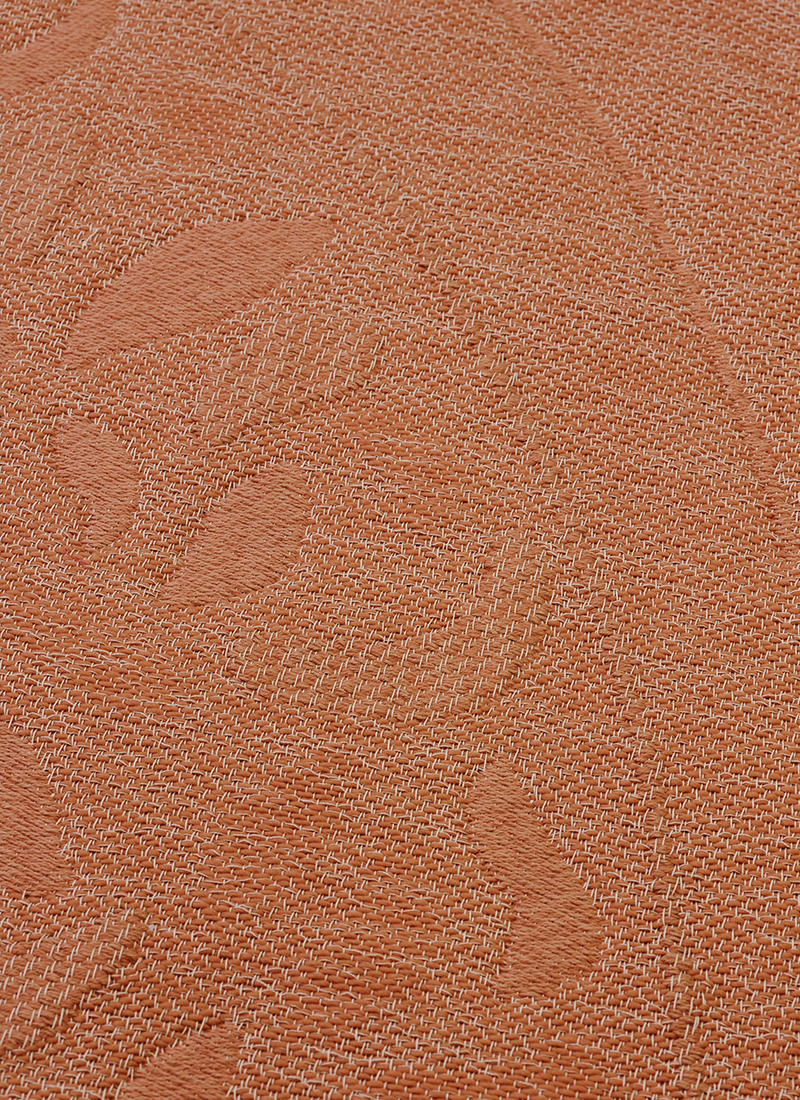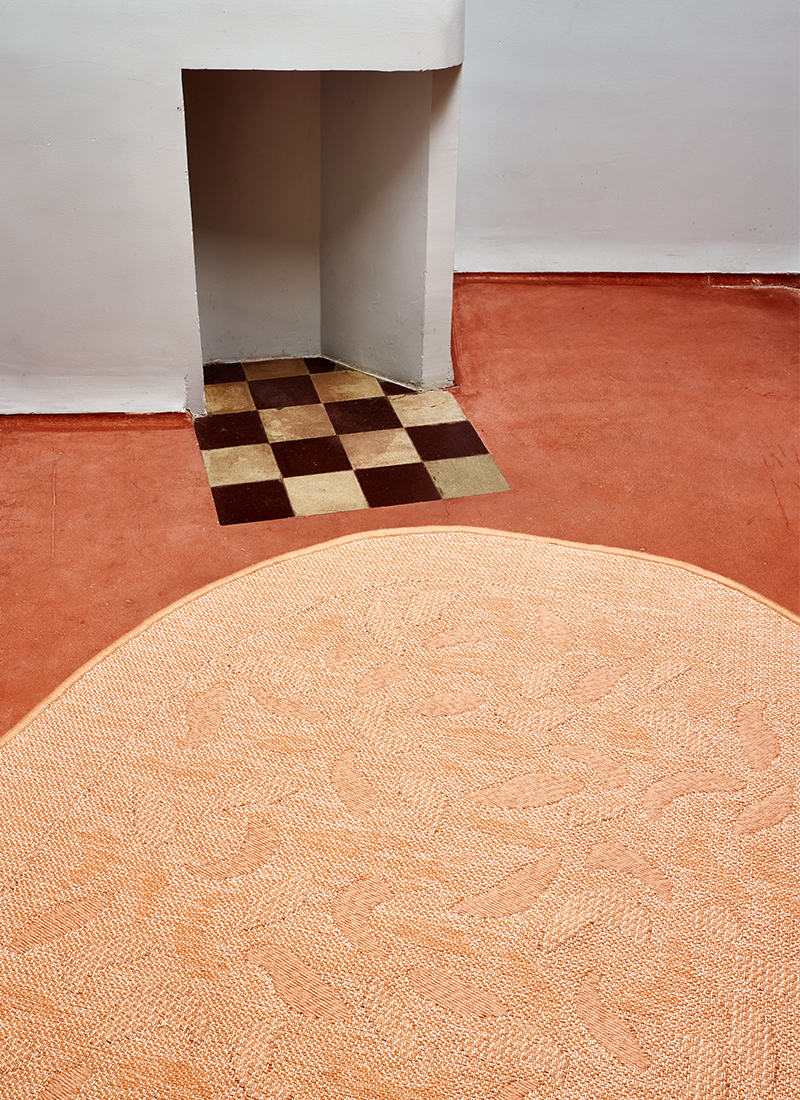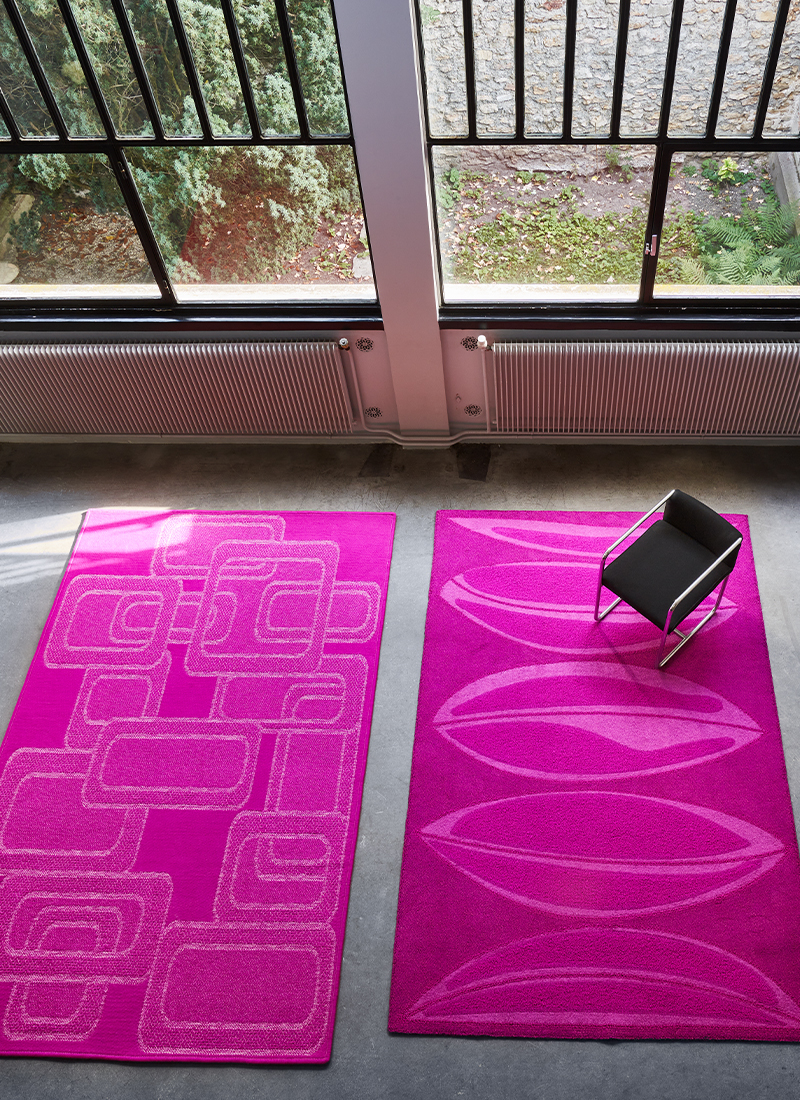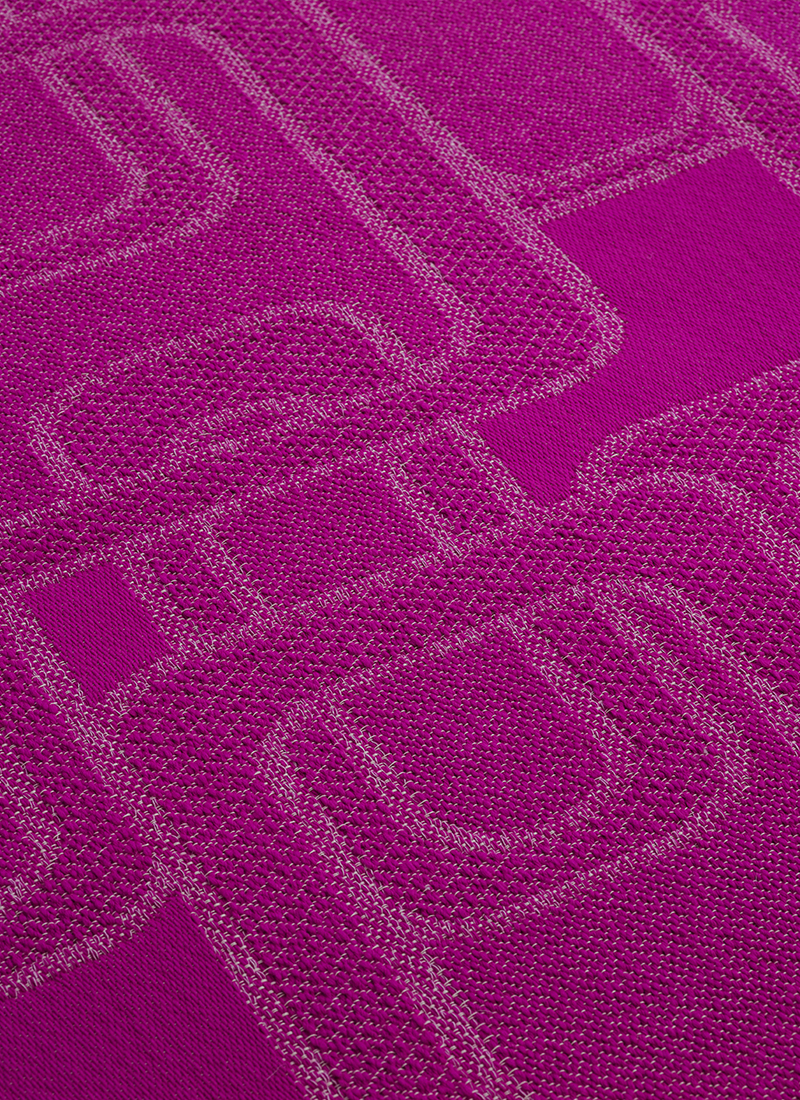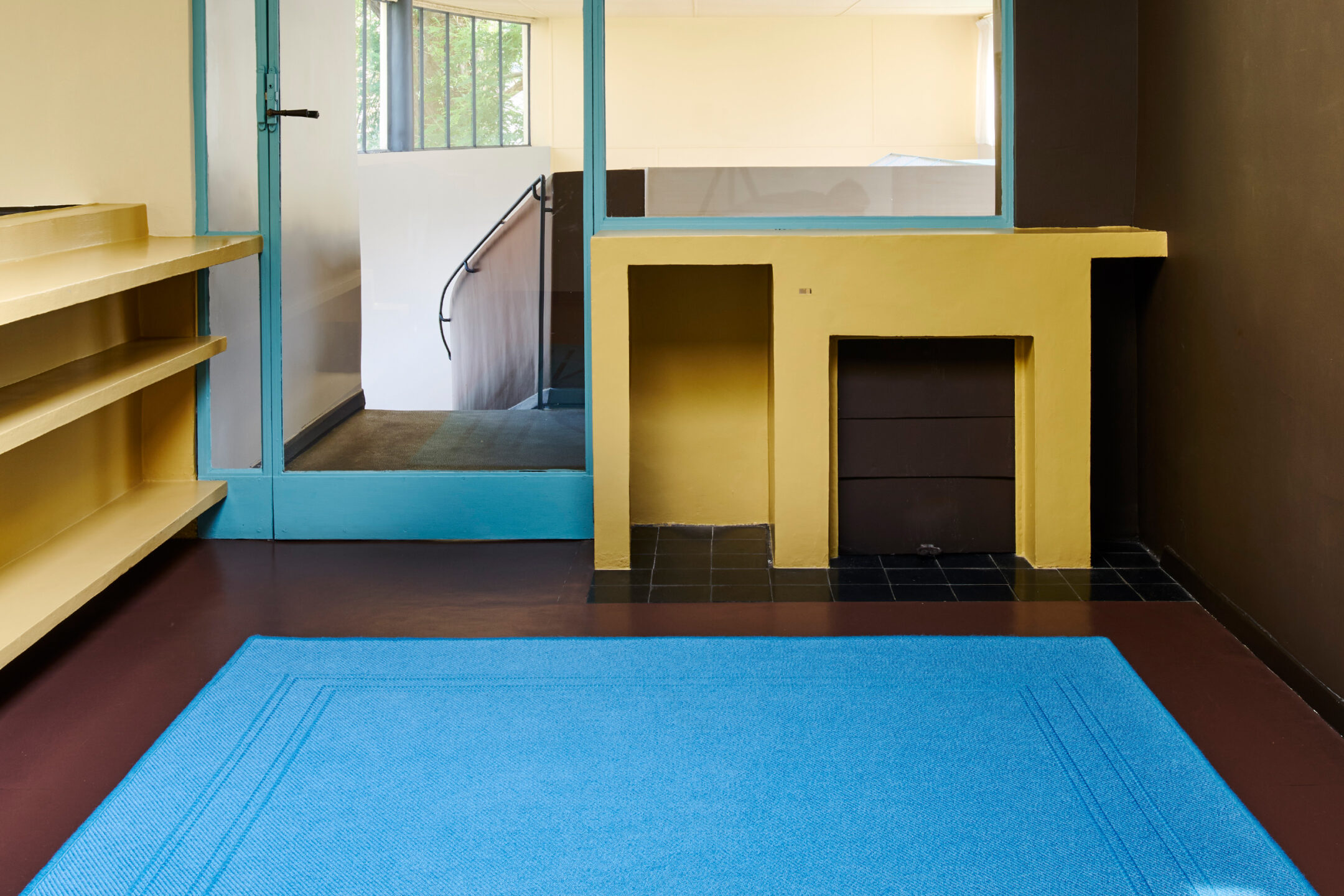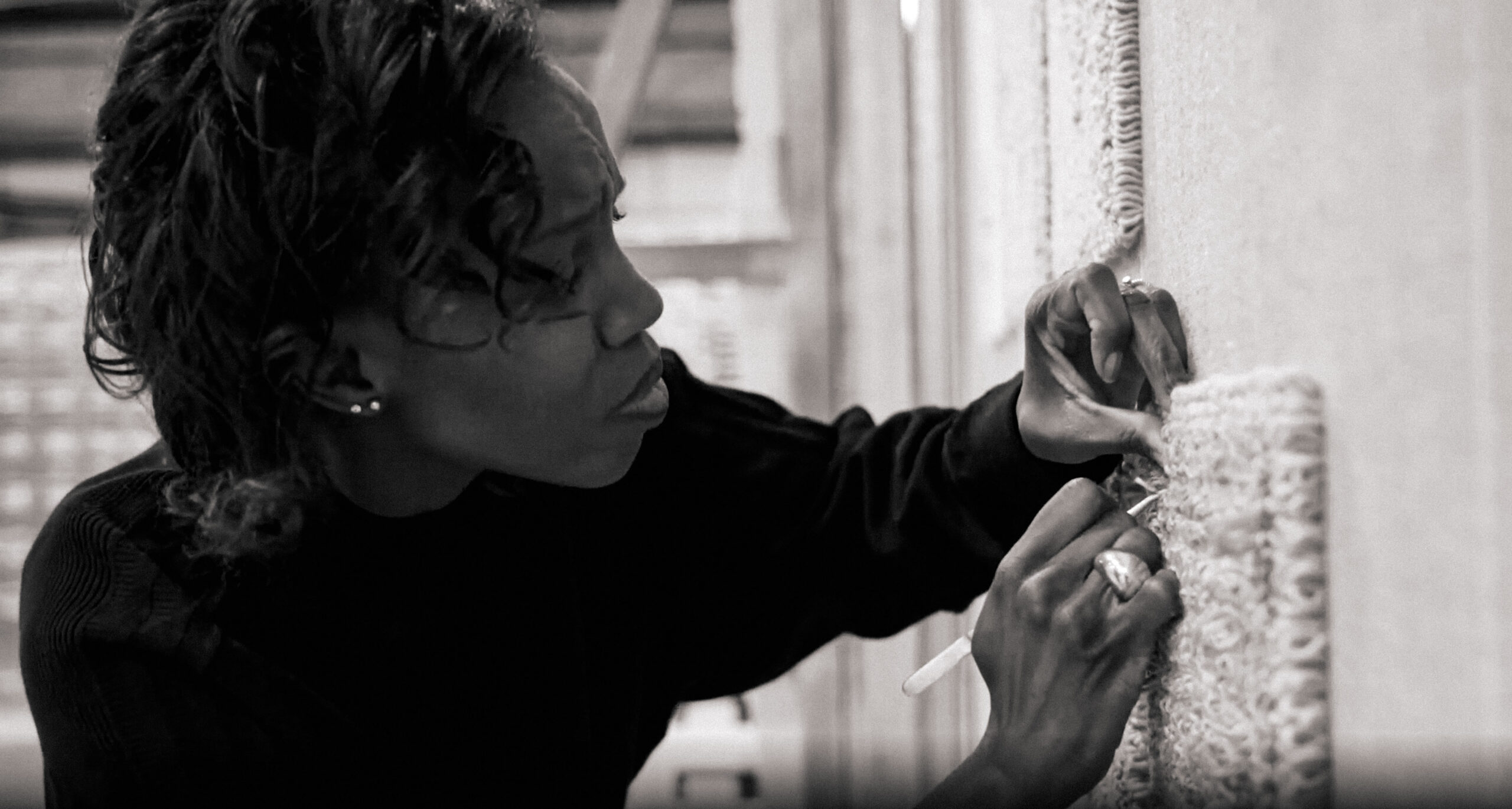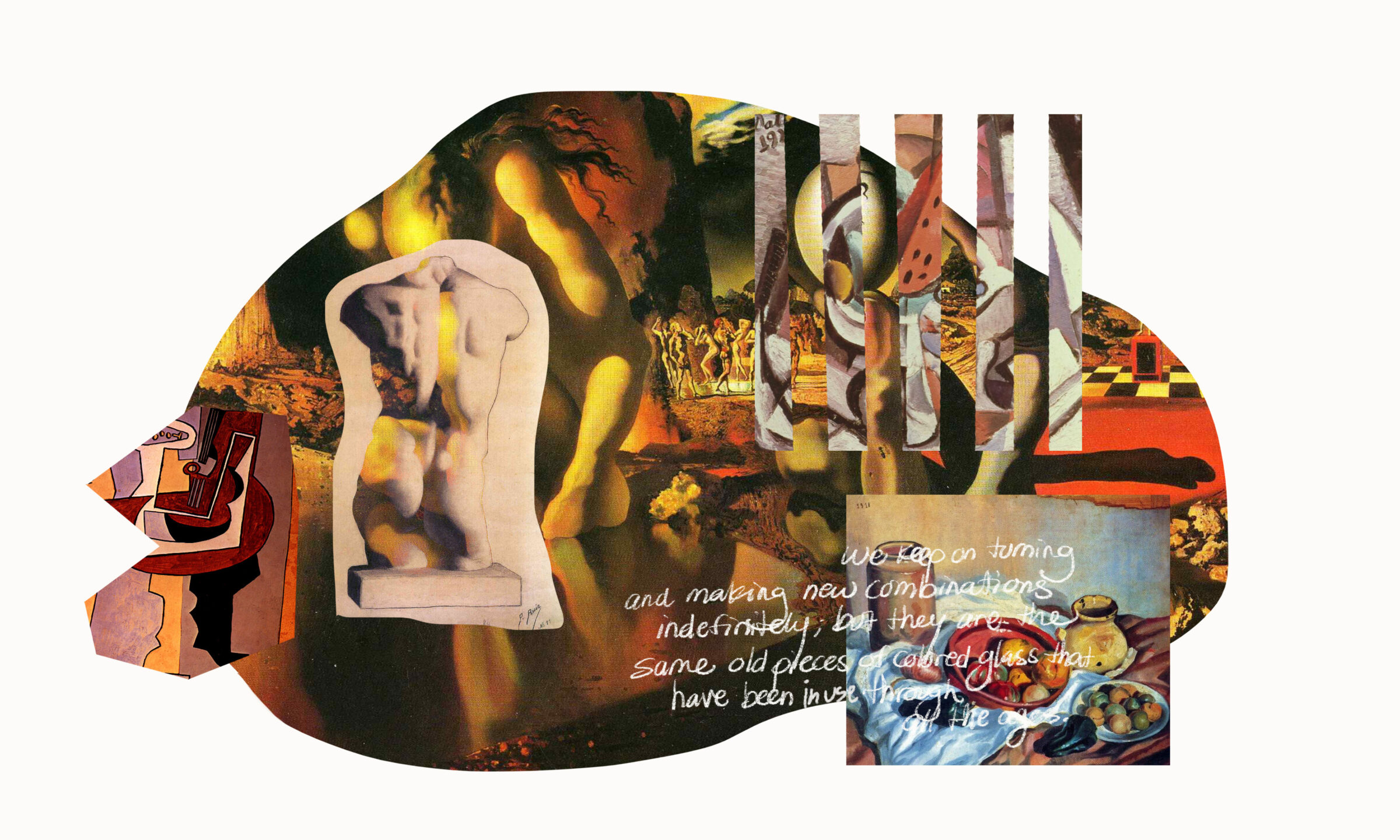Van Doesburg House
In 2021, Merida Studio’s Atelier Series took on a profound exploration of light and shadow with Perception of Light, a series conceived by Sylvie Johnson in her quest to understand the essence of luminosity and contrast. To capture the spirit of this series, we sought a setting that would not only serve as a backdrop but would also enhance and resonate with its core themes. The Van Doesburg House in Meudon-Val-Fleury, just outside Paris, became the ideal stage—an architectural embodiment of geometric precision, color theory, and dynamic space.
Designed in 1920 by Dutch artist, writer, and critic Theo Van Doesburg, the Van Doesburg House stands as a landmark of the De Stijl movement, which he co-founded in 1917. De Stijl, meaning “The Style,” was a radical departure from traditional artistic norms, embracing abstraction, harmony, and a reduction of form to its purest elements—straight lines, primary colors, and asymmetry. The movement, which counted Piet Mondrian among its key figures, sought to unify art, design, and architecture in a total aesthetic philosophy that would later influence the Bauhaus and modernist architecture.
The Van Doesburg House is the only surviving architectural work by its namesake that remains in its original state. A composition of two interlocking cubes—one residential, one a studio—the house is a masterpiece of modular space. Pivoting walls allow for continual reconfiguration, a dynamic quality that echoes the adaptability and conceptual rigor of De Stijl. It is not merely a house but a living manifesto, a vision of space where form and function intersect with artistic ideology.
The architectural purity of the Van Doesburg House provided an extraordinary counterpoint to Perception of Light. Just as the house is defined by the interplay of shifting planes and bold color contrasts, Sylvie Johnson’s series harnesses material and weave to shape light itself. Gamen, in particular—woven in a saturated Barragán hue and laced with delicate lines of white cotton warp—interacts with sunlight much like a James Turrell light installation, transforming the space as the day progresses. The house’s stark geometry and controlled use of color allowed the series’ textures to take on a sculptural presence, casting shadows and refracting light in unexpected ways.
By placing Perception of Light within this space, we created a conversation between past and present, between the visionary experiments of early modernism and the contemporary artistry of woven form. The shifting boundaries of the Van Doesburg House—both physically, with its moveable walls, and perceptually, through its interplay of color and light—mirrored the essence of the series, making the house not just a location, but a participant in the photographic exploration.
For Merida Studio, the opportunity to present Perception of Light in such an iconic space was an honor. The Van Doesburg House stands as a testament to the avant-garde spirit, a space where architecture, design, and artistic ambition converge. In photographing the series here, we paid homage to a legacy of innovation while contributing our own chapter to the ongoing dialogue of material, form, and light.
We extend our gratitude to the government of the Netherlands and the Van Doesburg House Foundation for granting us access to this historic site, a space that continues to inspire generations of artists, designers, and thinkers.
For more on the Van Doesburg House, visit vandoesburghuis.com.


